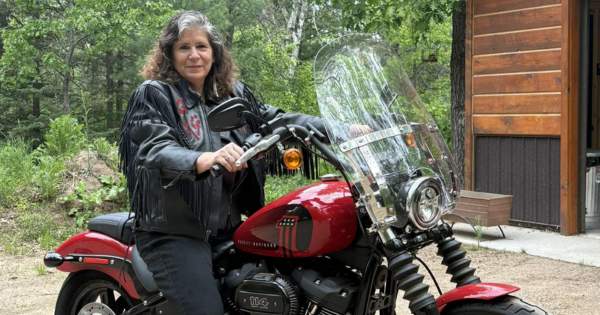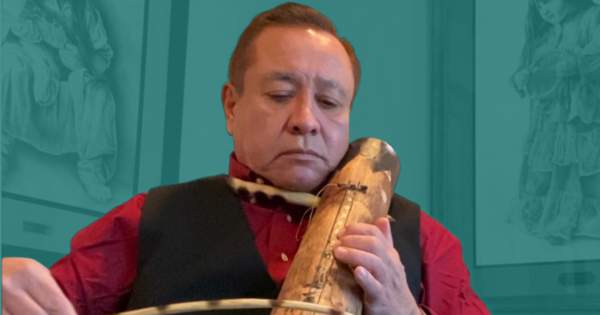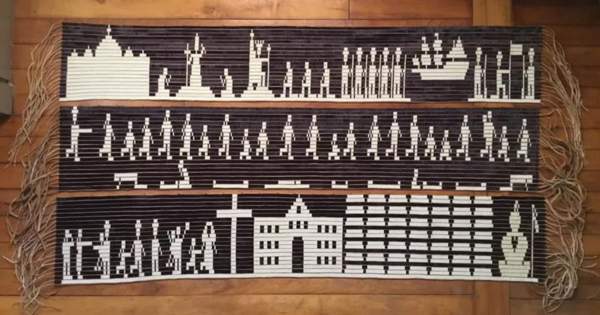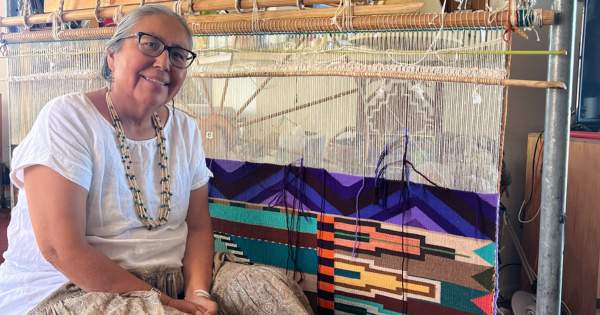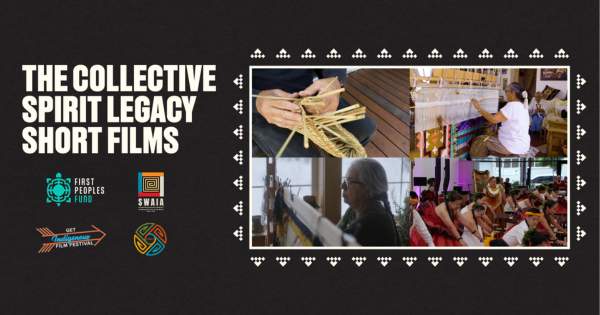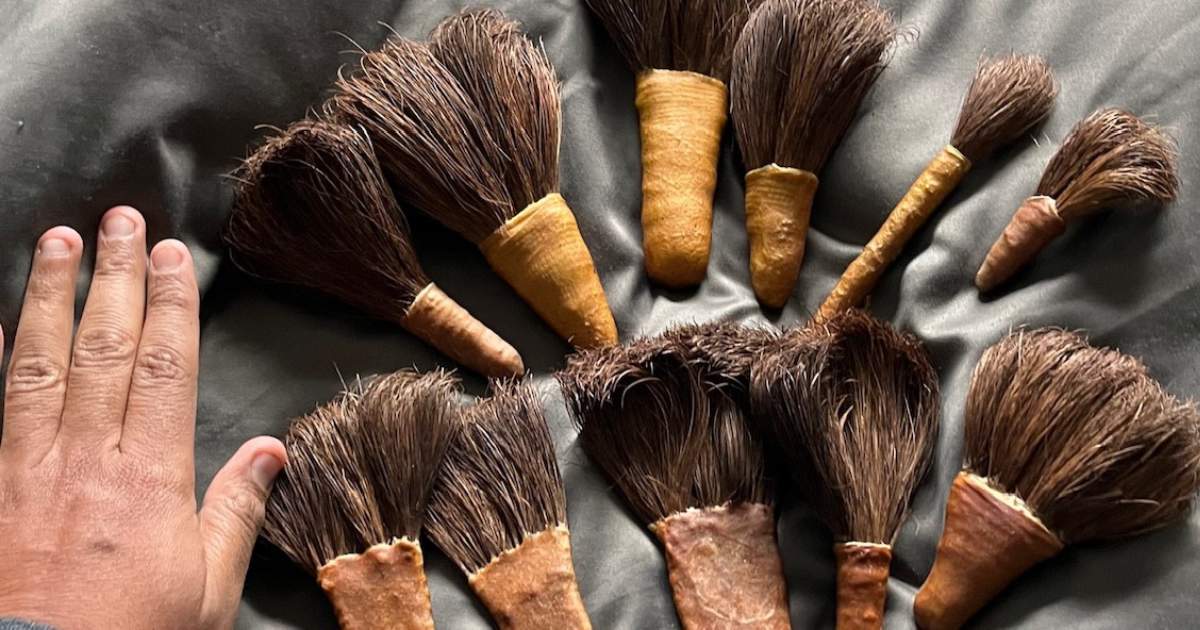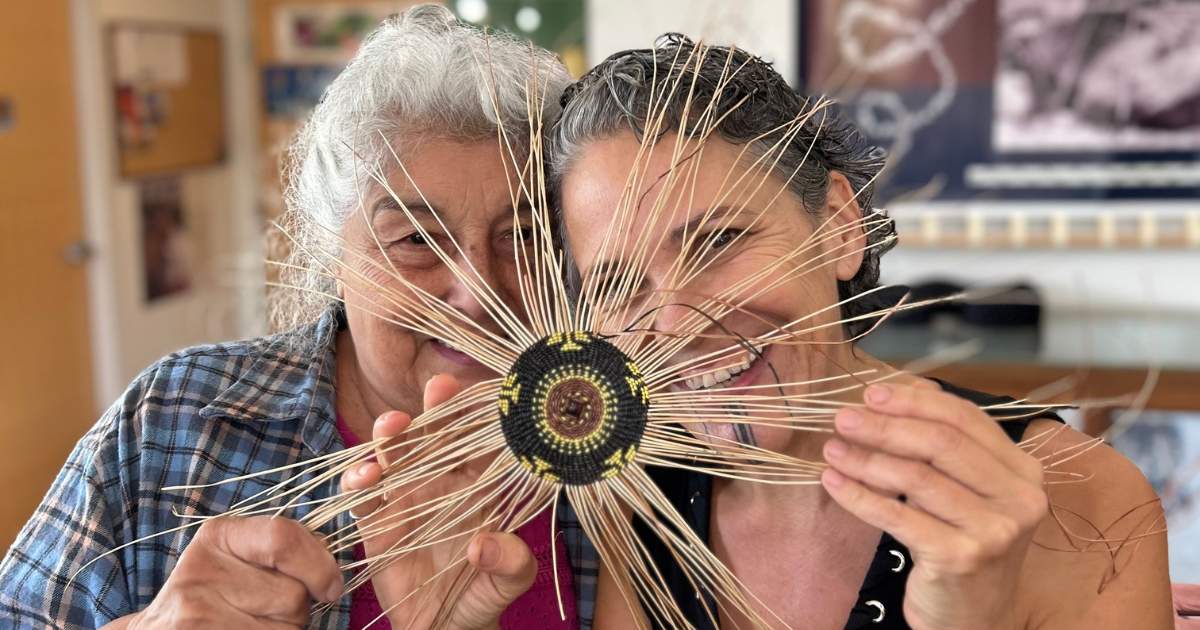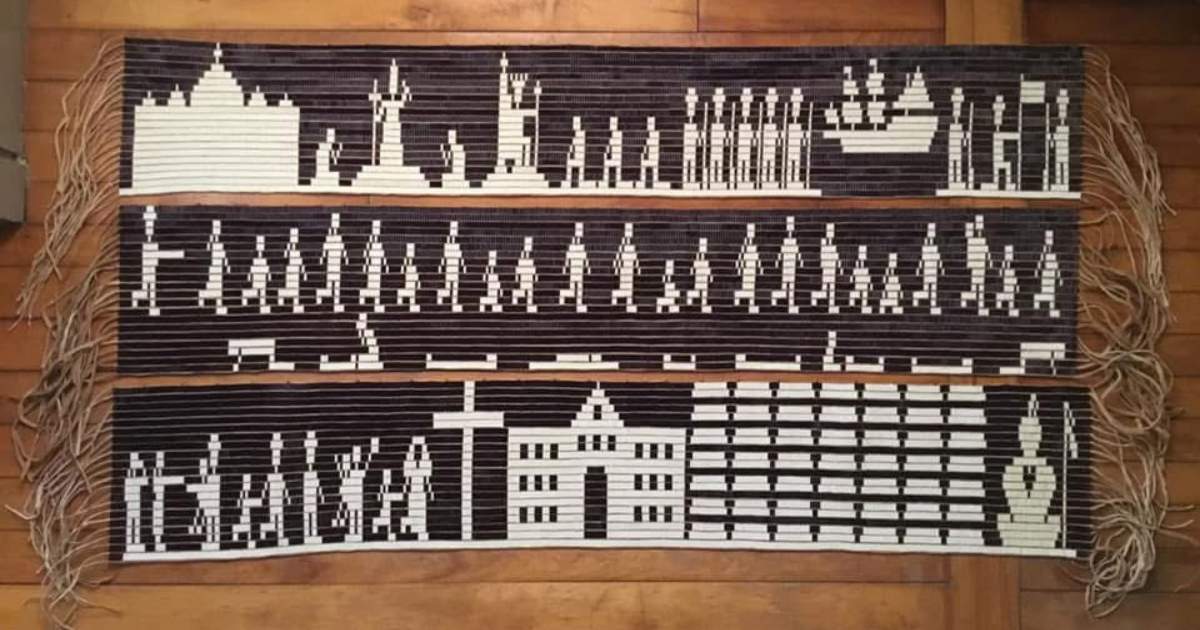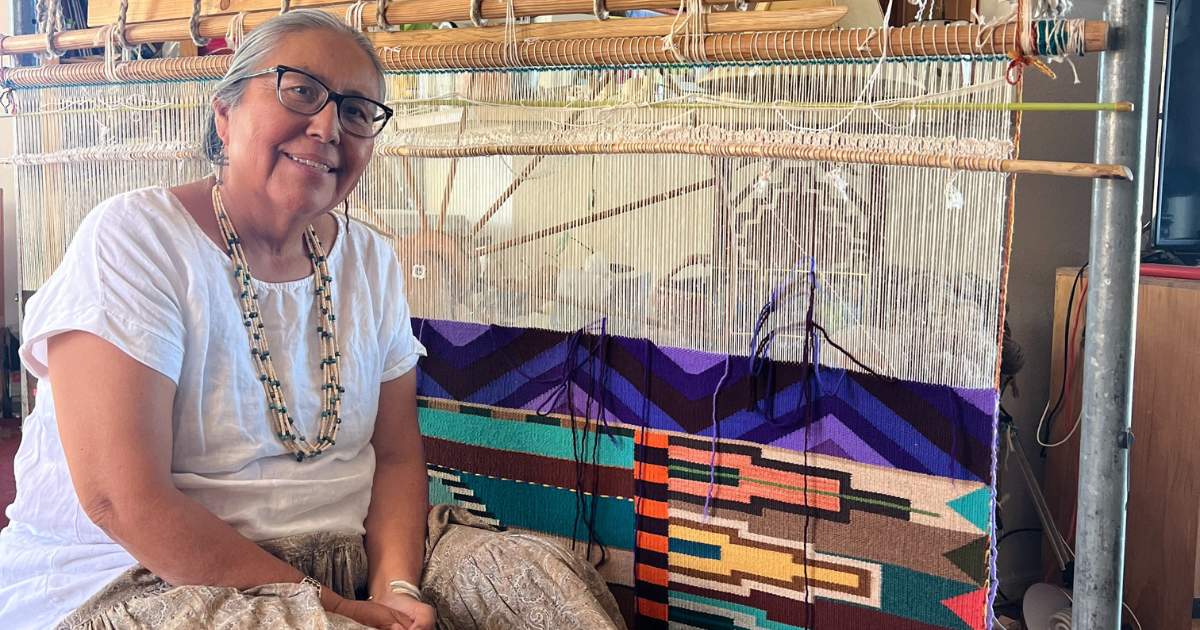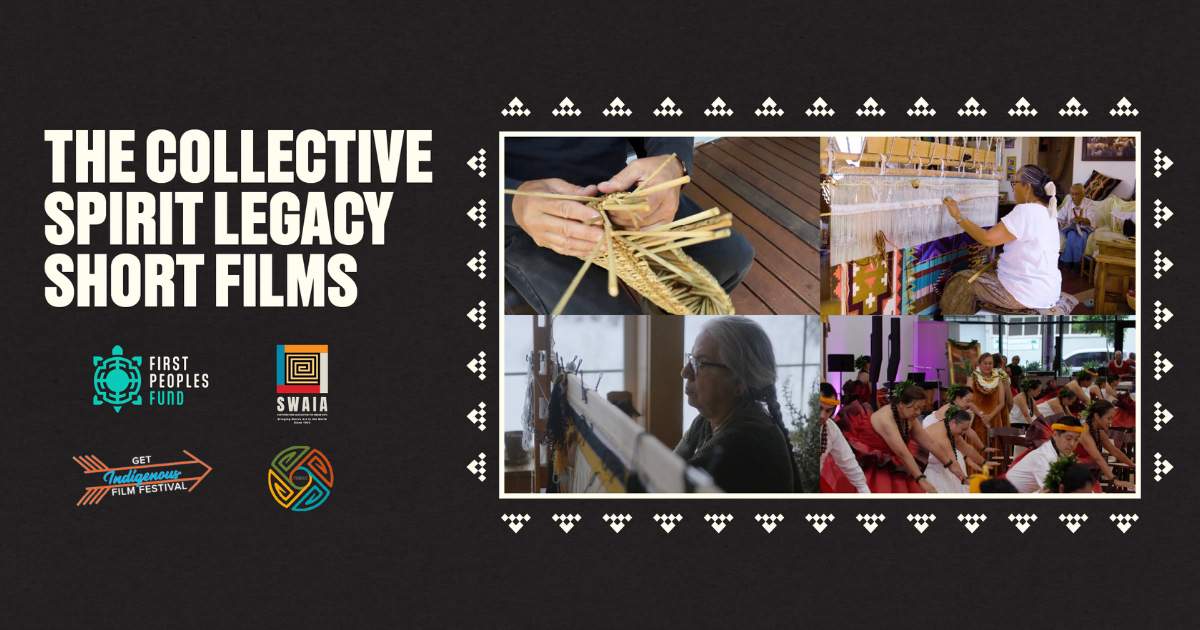
An Elder in His Youth
My love for my relatives [has resulted] in a lifelong community engagement to make sure art is an available necessity in every Lakota community. Whatever the creative desire, my actions as a Lakota artist are always meant to strengthen the concept of community. — Keith BraveHeart
Keith BraveHeart (Oglala Sioux Tribe) developed a passion for art in high school. He attended the Institute of American Indian Arts in Santa Fe, New Mexico, where he received his bachelor’s degree. He finished his Master’s of Fine Arts in Painting at the University of South Dakota (USD).
Keith calls himself a contemporary, or modern, Native artist. His art takes a strong influence from his Native American cultural background. It is important for him to see what happens during the process of creating art, leaving it open for things to shift or change around, allowing the time for chance to happen.
As an Indigenous creative, Keith navigates through multiple mediums and diverse practices. Notably, he co-curated the “Horse Nation of the Očhéthi Šakówiŋ Exhibition” with the Heritage Center at Red Cloud Indian School, and produced the documentary (of the same name) featuring the exhibition. The documentary is set to release in 2021.
Keith is a 2021 Jennifer Easton Community Spirit Award honoree, selected for his dedication to Native art and community.
“There is greatness amongst Indigenous artists.” Keith firmly believes this and seeks to make space and opportunity for it within his community by passing wisdom and knowledge on to younger artists. He wants them to recognize the different avenues that are available through the arts and how art is connected to culture — the foundation that makes them who they are as tribal people.
One of the ways Keith does this now is through his full-time job as an artist and arts instructor at the Oglala Lakota College in Kyle, South Dakota, on the Pine Ridge Indian Reservation. After graduating from USD with his MFA in 2018, he returned home to teach at the Oglala Lakota College (OLC), where he is working to develop the arts program.
“I'm helping [to] bring in new opportunities for the arts, specifically centered on Oglala Lakota arts,” Keith says. “We're looking at establishing programs that involve how we can not only cherish and honor artists in our community, but also give them financial support. I think of it as a paradigm shift of how we can acknowledge artists with an hourly wage.”
His job at OLC aligns with Keith’s passion for community work — making everything connect and building community by using art as the vehicle to reach new destinations.
Keith’s home community is Pejuta Haka, “Medicine Root,” also known as Kyle, South Dakota.
“I grew up in this community living with my father and large extended family,” he says. “Our family structure reflected Lakota lifestyle through a tiospaye [extended family] system. My Lakota identity was instilled through engagement with relatives — at first family; next, extensions of kinship; then community overall.”
Keith left his home community for a time to earn his bachelor’s degree at the Institute of American Indian Arts (IAIA) in Santa Fe. It was there that his Community Spirit Award nominator, Dyani White Hawk Polk (Sicangu Lakota / Rosebud Sioux) of Shakopee, Minnesota, first saw Keith’s work.
“We didn’t know each other well while at IAIA, but his exhibition left a strong and lasting impression on me,” says Dyani, a 2015 FPF Artist in Business Leadership fellow. “It was among the strongest work I had seen during my three years at IAIA.”
Years later, while working together at the Oscar Howe Summer Art Institute — a two-week immersive art program offered to Native high school students through the University of South Dakota — Dyani began to truly understand the depth of maturity and cultural knowledge Keith held.
“I started to see what a unique individual he is and how much he gives of himself to ensure the health and happiness of Lakota people and Native artists,” Dyani says. “When we think of our elders, the qualities that we admire in them, the generosity of spirit and knowledge that they so graciously share with others, the unwavering care, gentle spirit, wisdom and insight they offer that feeds our spirits, the stability in character, this is what I see in Keith. As I watched him interact with the students and his peers, I realized I was witnessing an elder in his youth.”
The swirl of intense work and community engagement filling Keith’s life makes him appreciate the moments of creative bliss he experiences when he’s able to do his own art. He gravitates to painting for its simplicity and accessibility, and advocates for contemporary Native voices in the arts.
One project Keith is in the process of developing is the Lakota Arts Council. It acknowledges Oglala Lakota artists, though he hopes it grows to include other Native artists and communities.
A central focal point for Keith’s current and future art and community engagement is upcoming in the form of the Oglala Lakota Artspace (OLA), a multifaceted arts facility developed to nurture and support the Indigenous Arts Ecosystem of Pine Ridge. Oglala Lakota Artspace is a partnership of Artspace, Lakota Funds, and First Peoples Fund.
“Through the new artspace, more greatness will emerge that I've known was here,” Keith says. “In all types of tribal communities, there is always something that's significant, that’s unique to who they are. But you need to have resources, such as tools and space. To have that right in our community is going to open more doors.”
Keith’s ongoing art project, “Buffalo Nation: Creating Community,” invites participants to interact with their culture in fresh, hands-on ways. A community-engaged arts initiative that focuses on Lakota arts, culture, and communities, “Buffalo Nation: Creating Community” was inspired by ancient Lakota identity — Pte Oyate (Pte — “female buffalo,” Oyate — “nation”).
“Buffalo Nation” includes a variety of art practices, workshops, activities, and events, as well as creative community conversations. Keith’s Community Spirit Award (CSA) is going toward supporting this program, a project that contributes to his life’s work.
“The monetary reward is very much appreciated,” Keith says. “Many times, we do this work with whatever we have. We make things happen even when we don't have resources, so to have these awards come in makes us feel a bit more comfortable, like we can sustain our work.”
The recognition of this national award also touched a part of Keith’s life he didn’t realize he needed to unpack.
At first, Keith was hesitant to apply for the CSA. Previous recipients of the award seemed far beyond the years of his own life in their journey. But after lengthy discussions with his nominator, Dyani, Keith consented to the nomination.
“If young Native artists can see a leader they readily identify with, receive deserving support such as this, they too can see their own potential,” Dyani says. “Keith utilizes the artistic gifts he has been given to make strong contributions to the history of painting and Native art. I strongly believe contributions that strengthen community trickle outwards, contributing to the health and well-being of our world.”
Keith adds, “Everything I do should have the intention that it’s going toward my relatives, my community, and those who come into this synergy that is our arts and culture.”

